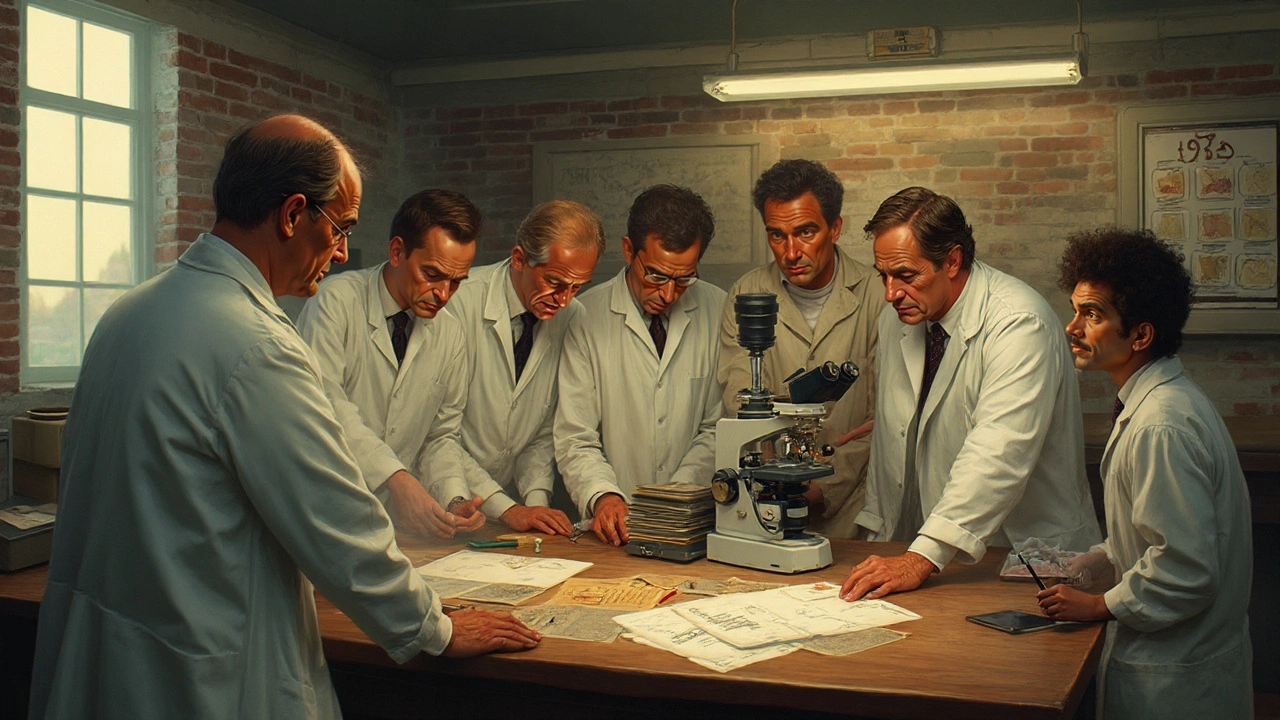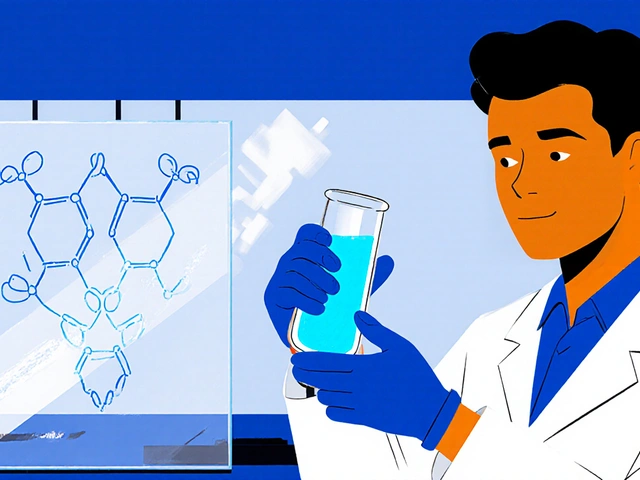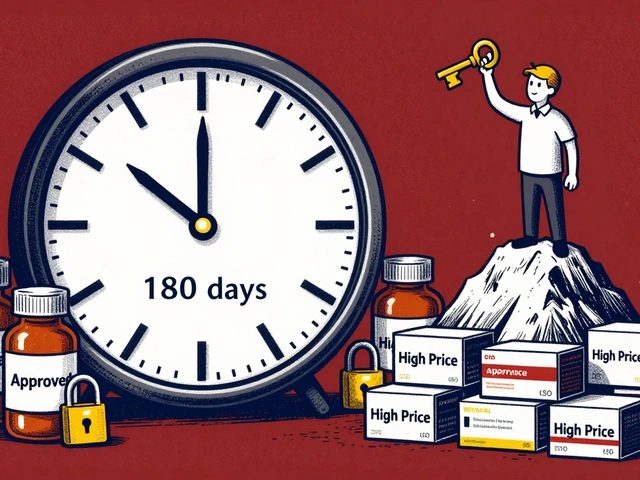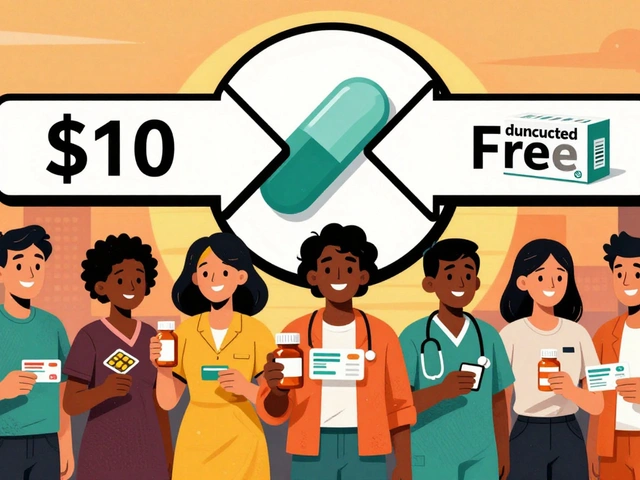In the early 1980s doctors started seeing a baffling pattern: young, previously healthy men were developing rare cancers and severe immune problems. The CDC posted the first alert in June 1981, describing a "rare form of pneumonia" in gay men. That alert was the spark that set the world on a hunt for a new disease.
At first the illness was called GRID (Gay‑Related Immune Deficiency) because most early cases were among gay men. Within months more cases appeared in hemophiliacs, IV drug users, and heterosexuals. The spread hinted at something contagious, but no one knew what.
Physicians noticed two striking symptoms: Kaposi’s sarcoma – a skin cancer that usually only shows up in older people – and Pneumocystis jirovecii pneumonia, a lung infection that only hits those with very weak immune systems. These two conditions became the hallmark signs doctors used to flag a possible AIDS case.
Researchers raced to collect blood samples from affected patients. In 1983 a French team led by Luc Montagnier isolated a mysterious virus from a patient’s lymph node. They called it LAV (Lymphadenopathy‑Associated Virus). The following year, American scientists at the National Cancer Institute, led by Robert Gallo, announced they had found a similar virus, which they named HTLV‑III.
It quickly became clear that LAV and HTLV‑III were the same virus. By the end of 1984 the scientific community agreed on a single name: Human Immunodeficiency Virus, or HIV. This identification turned a mystery into a target that could be studied, tested, and eventually treated.
Pinpointing HIV gave doctors a way to test blood supplies, dramatically reducing the risk of transmission through transfusions. It also opened the door for antiviral research, leading to the first approved drug, AZT, in 1987. While early treatments were limited, the knowledge that a specific virus caused AIDS laid the groundwork for the modern drug combos that keep millions healthy today.
Understanding HIV’s structure and how it attacks immune cells helped scientists develop prevention tools like PrEP and rapid home‑test kits. The story of AIDS discovery also taught public health officials how vital early surveillance and transparent communication are during an outbreak – lessons that are still applied to new pandemics.
Today, more than 40 years after the first CDC alert, HIV is no longer a death sentence for most people who have access to treatment. Yet the virus still affects millions worldwide, especially in regions with limited healthcare resources. The early discovery phase reminds us that continued research, education, and affordable medicine are essential to close that gap.
So the next time you hear about HIV testing or new antiretroviral pills, remember the frantic months of the early 1980s when doctors, scientists, and activists pieced together the puzzle. Their work turned a scary unknown into a manageable chronic condition and set a template for fighting future infectious threats.

Trace the journey of HIV from its 1980s discovery to today’s advanced antiretroviral treatments, highlighting key milestones, scientists, and breakthroughs.

Explore how self‑driving cars could reshape traffic jams, the tech behind them, policy levers, real‑world pilots, and what it means for commuters and cities.

This article dives into exploring norxshop.com, an online pharmacy that offers medications at competitive prices. It includes insider information on active promo codes, customer experiences, and usability insights. Whether you're new to online pharmacies or a seasoned pro, you'll find practical tips on leveraging discounts and a thorough review of their services. Notably, the article addresses the site relocation to a new domain.

Explore Avanafil's journey from discovery to FDA approval, covering research, trials, regulatory hurdles, and its impact on erectile dysfunction treatment.

The 180-day exclusivity rule under the Hatch-Waxman Act was meant to speed up generic drug entry-but now it often delays it. Learn how patent challenges, FDA rules, and corporate strategy keep prices high and patients waiting.

Prescription assistance programs from drug manufacturers help millions afford costly medications. Learn how copay cards and PAPs work, who qualifies, what you can save, and the hidden rules that could block your help.